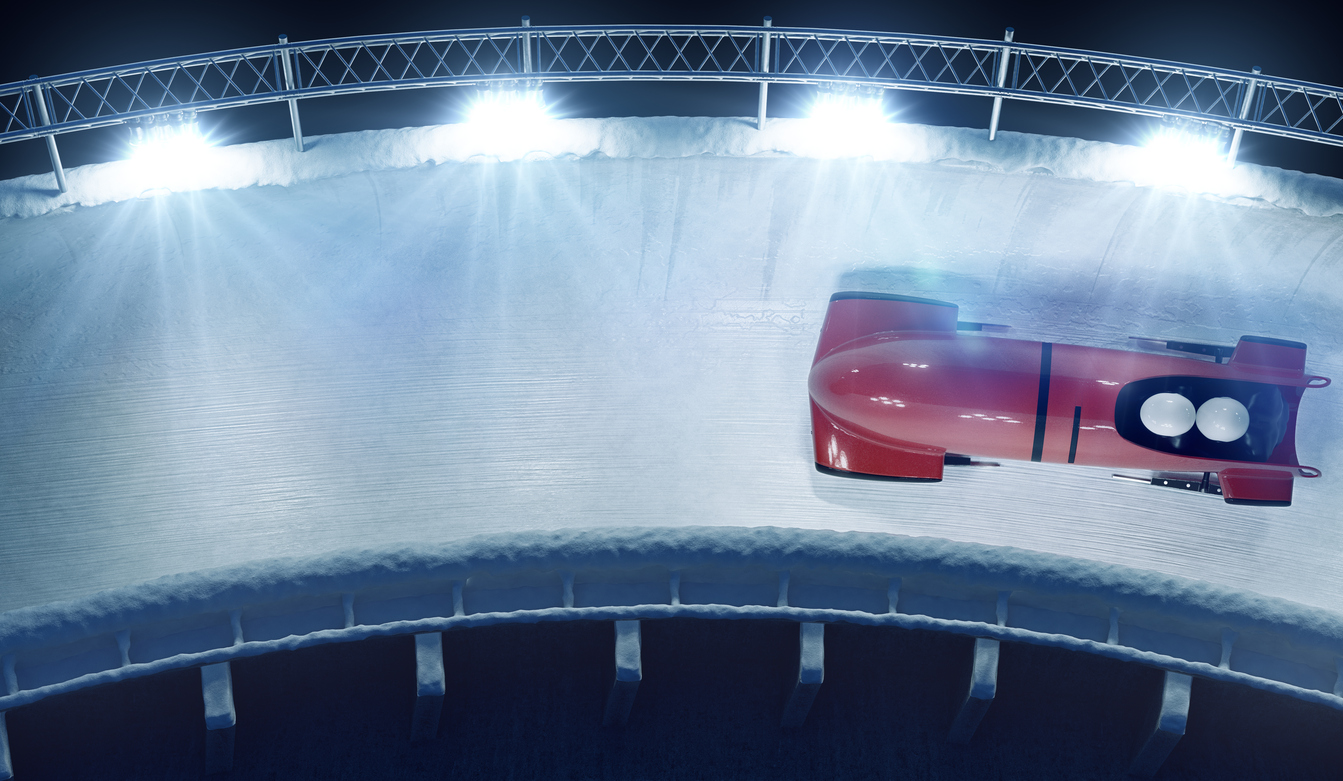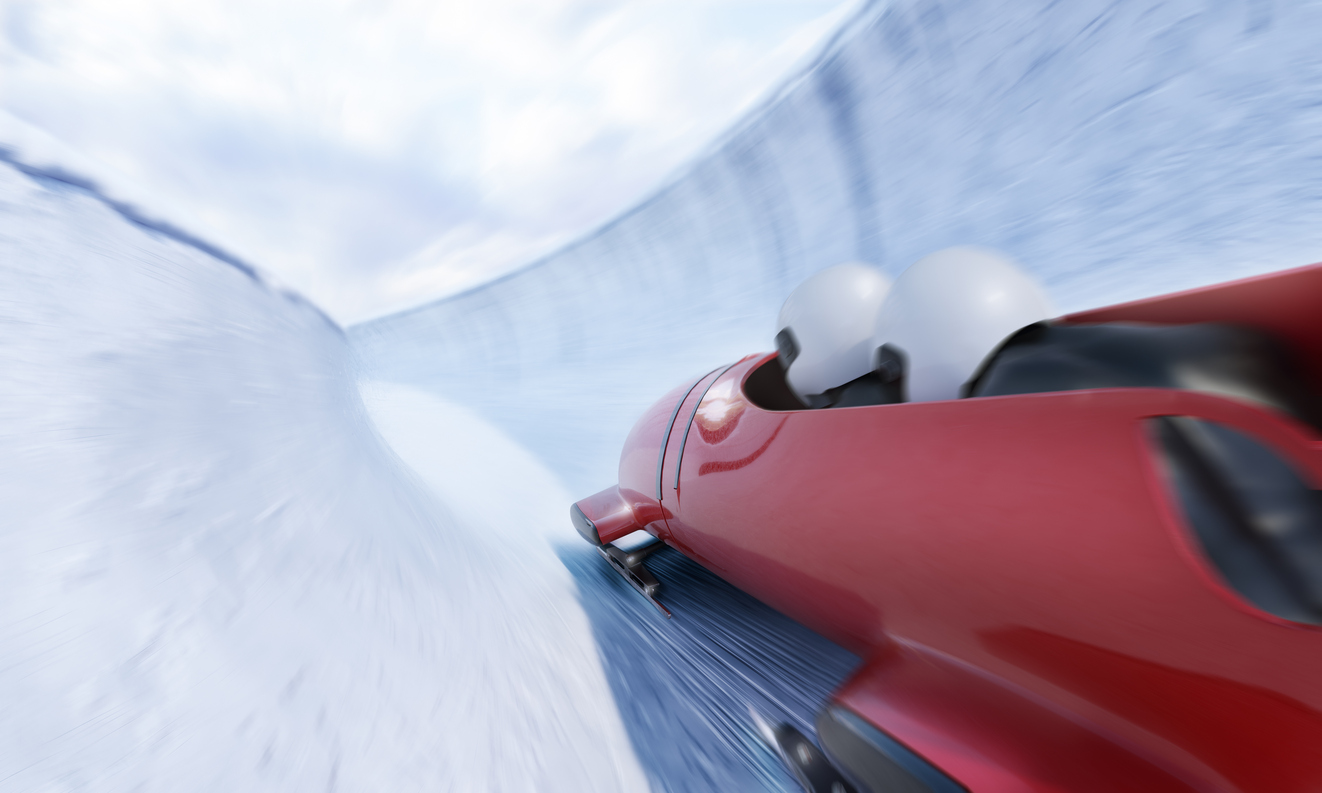
The rules of bobsledding are mostly related to the safety of competitors. There are also rules that prevent competitors from gaining more speed through unconventional bobsled and equipment designs. Rules are also related to the track, weight and substitutes.
Track rules
Most of the track rules are made for competitor safety and consistency. There have been a number of accidents on bobsledding tacks and competitors know the risks. Deaths have happened on a number of occasions and track safety is paramount. The track length is between 1200 to 1300 metres. Speed is an important part of the track rules. A speed of 80m/hr to 100 m/hr must be reached in the first 250 metres. The race course elevation must also drop from 110 to 125 metres over the distance. Track design should include a downhill slope with three turns in quick order.
The bobsled
Bobsleds have certain safety characteristics and design specifications. They must be made out of steel frames as well as fibreglass. Collapsible bars should be part of the bobsled for the crew’s safety. Runners also attract specific rules. They must be made of steel, with a rounded shape and no sharpness. The length and widths are also specified in the rules. Runners can be polished to prevent friction and coating runners for more speed is permitted. The temperatures of runners must not be more than 4 degrees over the specified amount.
of runners must not be more than 4 degrees over the specified amount.
Weight
Crew weight shouldn’t be more than 630 kilograms (4 man crew), 390 kilograms (2 man crew) and 340 kilograms (two women crew). These weights include the crew, runners and other equipment. This rule came about because the early days of the sport were dominated by heavy crews with increased speeds.
Equipment
Helmets with goggles should be worn by all competitors to prevent head injuries. Tight uniforms are allowed but are checked for silicone which has been in the past to slip into the bobsled faster. Spiked shoes to gain traction on the ice are also allowed. The brakeman has to wear a vest to avoid burning. Equipment is vital for the safety of crews.
Time
The timing starts when the front of the bobsled goes past the electric eye. If teams are tied after all of their runs then they receive the same place. At the end of the competition, times for the runs are added and the team with the lowest time to complete the race wins the competition. Timing is completed with computers.
Substitutes
Pilots are not permitted to be changed. However, push athletes can be substituted if they are injured or ill.
Rules have evolved considerably since the early days of bobsledding and have resulted in fairer modern competitions that display the athletic ability and skills of the crew.

